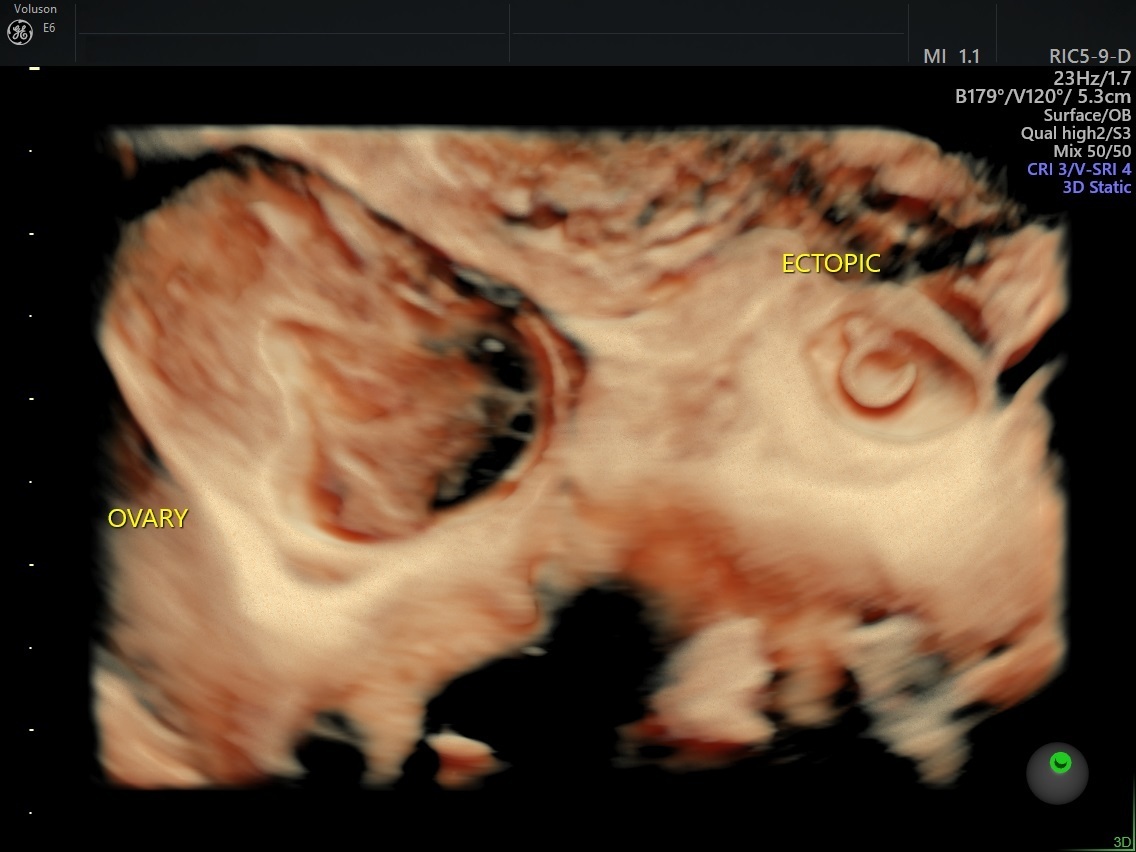Thousands of women and couples today rely on assisted reproductive technology (ART) to build their families. In 2017, the Society for Assisted Reproductive Technology (SART) reported 248,087 total in vitro fertilization (IVF) cycles in the United States.
Along with planning fertility treatment and outlining the steps of the process, reproductive endocrinologists are responsible for discussing possible IVF risks with their patients. That conversation should touch on maternal and fetal outcomes, possible side effects of fertility drugs and an overview of the financial and emotional risks of IVF.
Likelihood of IVF Success
The biggest risk for patients is the risk of an unsuccessful cycle. According to data collected by SART, the national U.S. average live birth rate for one cycle in 2017 was 54.7 percent for women under 35 years of age; 40.6 percent for women 35 to 37; 25.6 percent for women 38 to 40; 12.8 percent for women 41 to 42; 4.4 percent for women over 42; and 49.2 percent for all ages when using donor eggs.
To achieve a successful live birth, it takes an average of 1.32 transfers for women under 35; 1.27 transfers for women 35 to 37; 1.17 transfers for women 38 to 40; 1.11 transfers for women 41 to 42; and 1.05 transfers for women over 42. This finding of fewer transfers to achieve a live birth as women age is possibly due to older patients tending to transfer increasingly more embryos at a time (2.2 for women in the highest age bracket, compared to 1.3 for women under 35).
Ovarian Hyperstimulation Syndrome
All medications have side effects, and those used during IVF are no exception. Of the fertility medication side effects, ovarian hyperstimulation syndrome (OHSS) is the most concerning. According to the American Society for Reproductive Medicine (ASRM), moderate to severe cases develop following 1 percent to 5 percent of IVF cycles.
The signs of mild to moderate OHSS often include abdominal pain, mild nausea, tenderness around the ovaries and possibly vomiting or diarrhea. Enlarged ovaries will be visible on ultrasound.
Severe OHSS involves the same ultrasound finding of enlarged ovaries and many of the same clinical symptoms, but it may also be accompanied by rapid weight gain (more than 2 pounds within 24 hours), shortness of breath or more severe abdominal pain.
Although these complications are rare, OHSS can result in blood clots and kidney failure, requiring hospitalization. It is crucial for reproductive specialists to understand the risk factors for OHSS:
Other Fertility Drug Side Effects
Even if careful monitoring helps a patient avoid OHSS, IVF drugs may still cause mild side effects. Several common stimulation medications cause headaches, breast tenderness, or irritability and mood swings. Others may cause nausea or menopause-like symptoms, such as hot flashes and vaginal dryness. A few have their own specific side effects, such as insomnia (Lupron) or acne, bloating, and pain or bruising at the injection site (Follistim or Gonal-F).
It was previously thought that fertility medications increase the risk of ovarian, breast or other reproductive cancers, but this has been disproved by more recent research.
Ectopic Pregnancy
A study published in Reproductive Biology and Endocrinology found that 2 percent to 5 percent of IVF pregnancies are ectopic, compared to less than 2 percent of spontaneous pregnancies. Patients with additional risk factors for an ectopic pregnancy — such as pelvic inflammatory disease, prior fallopian tube surgery or endometriosis — should be closely monitored with ultrasound. Using ultrasound during embryo placement may also reduce the risk of an ectopic pregnancy.

3D ultrasound image of an ectopic pregnancy
Bleeding or Infection Following a Retrieval
Most patients recover without issue within a day or two of an egg retrieval. However, a study published in Fertility and Sterility reports that 0.5 percent of patients may develop pelvic infection, bleeding or inflammatory disease; ovarian abscesses; or appendicitis. This risk is increased in women with a BMI of 30 or more.
Pregnancy Complications
A separate study published in Fertility and Sterility found that IVF pregnancies come with an increased risk of preterm labor, hypertension and hemorrhage. Meanwhile, a large meta-analysis to be presented at the 2020 European Association for the Study of Diabetes Annual Meeting discovered a 53 percent increase in risk of developing gestational diabetes after IVF compared to spontaneous pregnancies.
Being honest with your patients about how their age, weight and overall health can have a significant impact on their risk of complications. Women older than 35 are at an increased risk of developing pregnancy complications independent of ART use, as are women who are overweight or obese.
IVF Risks for the Fetus and Offspring
Both singletons and multiples conceived via IVF are at risk of placental complications, preterm birth, low birth weight, miscarriage and stillbirth, according to The American College of Obstetricians and Gynecologists. Additionally, IVF twins have an increased risk of developing congenital heart defects.
Especially when transferring more than one embryo, IVF patients are at an increased risk of becoming pregnant with multiples. SART reported that, in 2017, depending on age, between 6.6 percent and 12.3 percent of IVF births using the patient's own eggs and 17.2 percent of IVF births using donor eggs were twins.
The risk of offspring conceived via IVF with an intracytoplasmic sperm injection (ICSI) developing birth defects is approximately the same as those conceived spontaneously; however, there is a slightly increased risk when male factor subfertility or infertility is involved. Notably, this risk is slightly higher among multiples versus singletons. The most common defects include hypospadias, sex chromosome abnormalities, Beckwith-Wiedemann syndrome and Angelman syndrome.
However, research on IVF risks for newborns and children is still emerging. An in-press study from Fertility and Sterility found an increased risk of infant mortality among singletons conceived via a frozen embryo transfer compared to spontaneous pregnancies.
Childhood Cancers
There is some debate over whether children born as a result of ART have an increased risk of childhood cancer. A retrospective study of over a million Danish children published in JAMA found that pregnancies following frozen embryo transfers may result in an increased risk of the child developing cancer early in life. However, all other fertility treatments examined in the study — including fresh embryo transfers — did not have the same risk.
Financial Impact
Lastly, reproductive endocrinologists should understand the financial and emotional toll IVF has on patients. According to ASRM, the average cost per cycle for patients in the U.S. is $12,400. Typically, this does not include medication, which has risen in price by 50 percent over the last five years and ranges from $3,000 to $5,000, depending on the specific IVF protocol. Given that IVF is not generally covered by insurance, these costs may pose a significant investment for patients.
Reproductive specialists should communicate the risks of IVF and other ART procedures with sensitivity and care. A patient's fertility journey can be a difficult time, and they rely on their healthcare providers for honest and open discussions about the risks and stages of fertility treatment.


